They say that migrating birds have a natural urge to be on the move—one that's triggered by hormones that respond to fluctuations in light. (Think of how darkness triggers the natural release of the hormone melatonin in humans, which is what makes us sleepy at night.)
It's called "Zugunruhe"—and although it can be induced in a lab, we still don't know exactly why it happens.
There are explanations of rising or dipping temperatures that could cause birds to fly north for the summer or south for the winter. Some theories suggest the migration is dictated by dwindling natural resources, like food and habitat (including nesting areas).
But beyond the question of why, there's an even bigger conundrum: How do they know when and how and where to migrate?



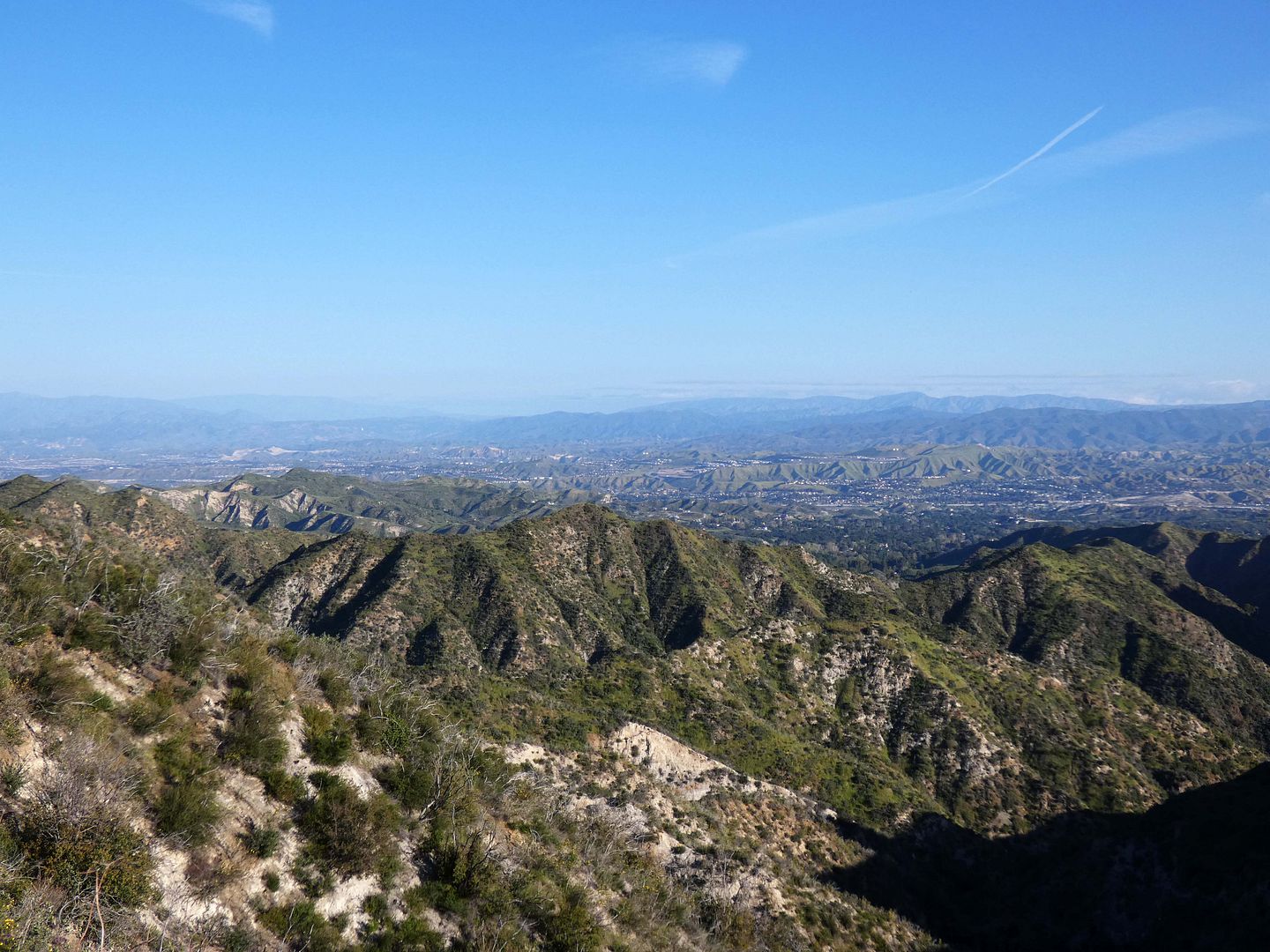
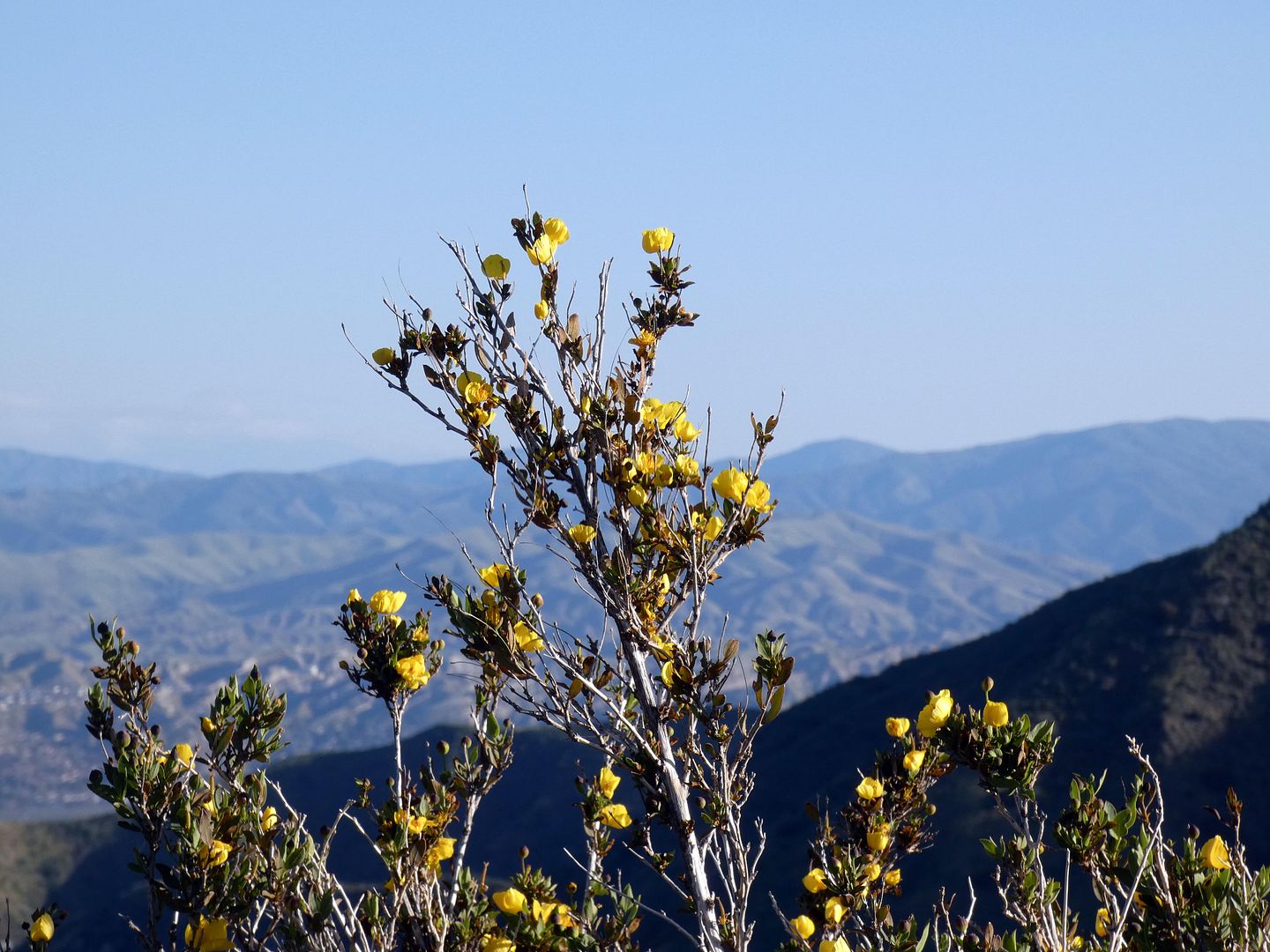
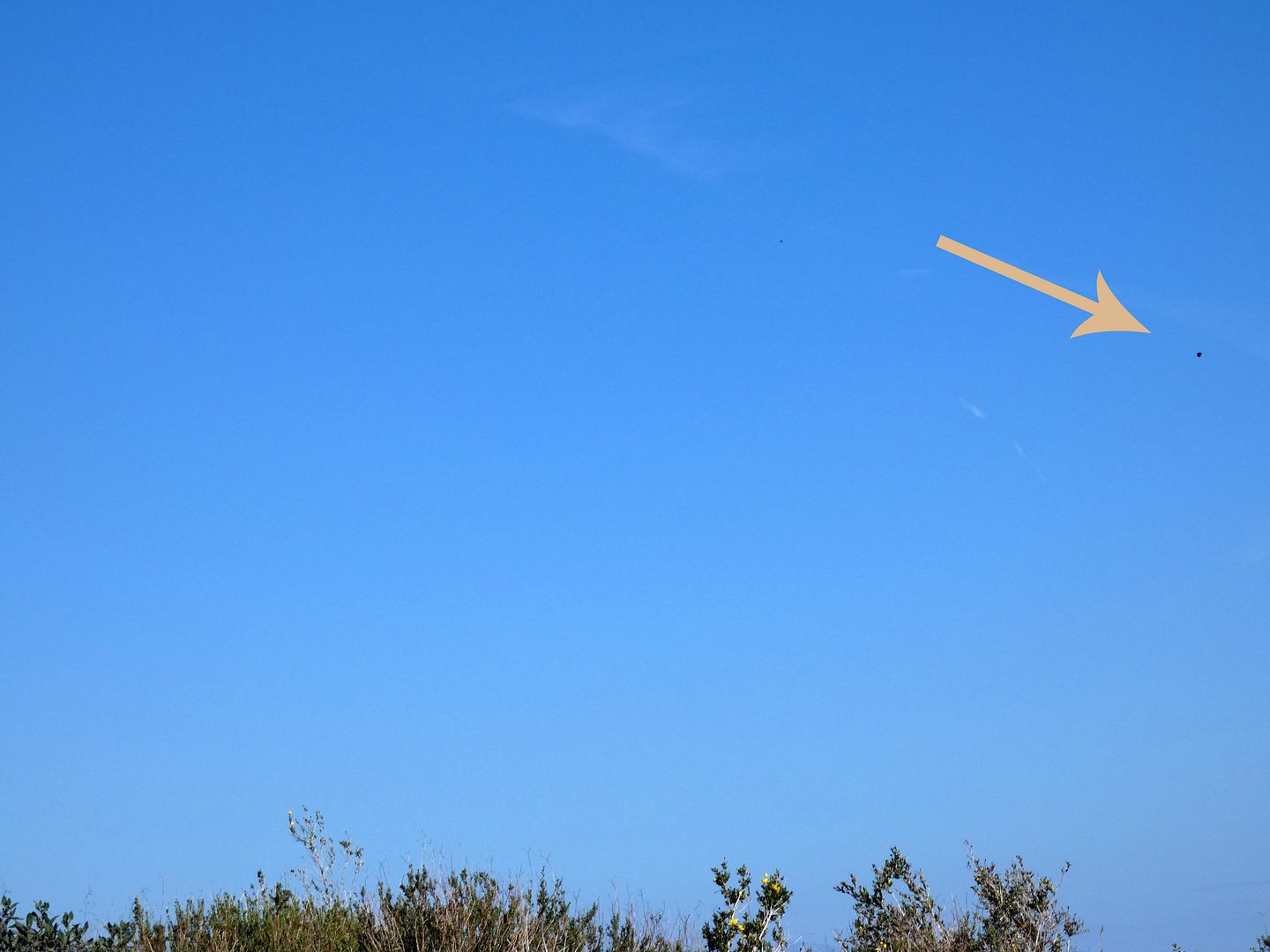

Those are some of the multitude of questions that researchers are trying to figure out the answers to at Bear Divide in California's Angeles National Forest.

It's become a hotspot of bird counting during spring migration, as thousands of birds (even 20,000) have been observed passing through a narrow gap in the mountains...

...flying over the Forest Service fire station, past a dirt lot...

...and heading onwards to greener pastures.

I imagined something like the flocks of Vaux's swifts you see flying in and out of chimneys, or the colonies of bats that emerge from under bridges at night.

But in reality, on a windy, cold April morning, it was more of a slow, constant trickle—and difficult to spot the birds until they would appear in contrast against the blue sky.
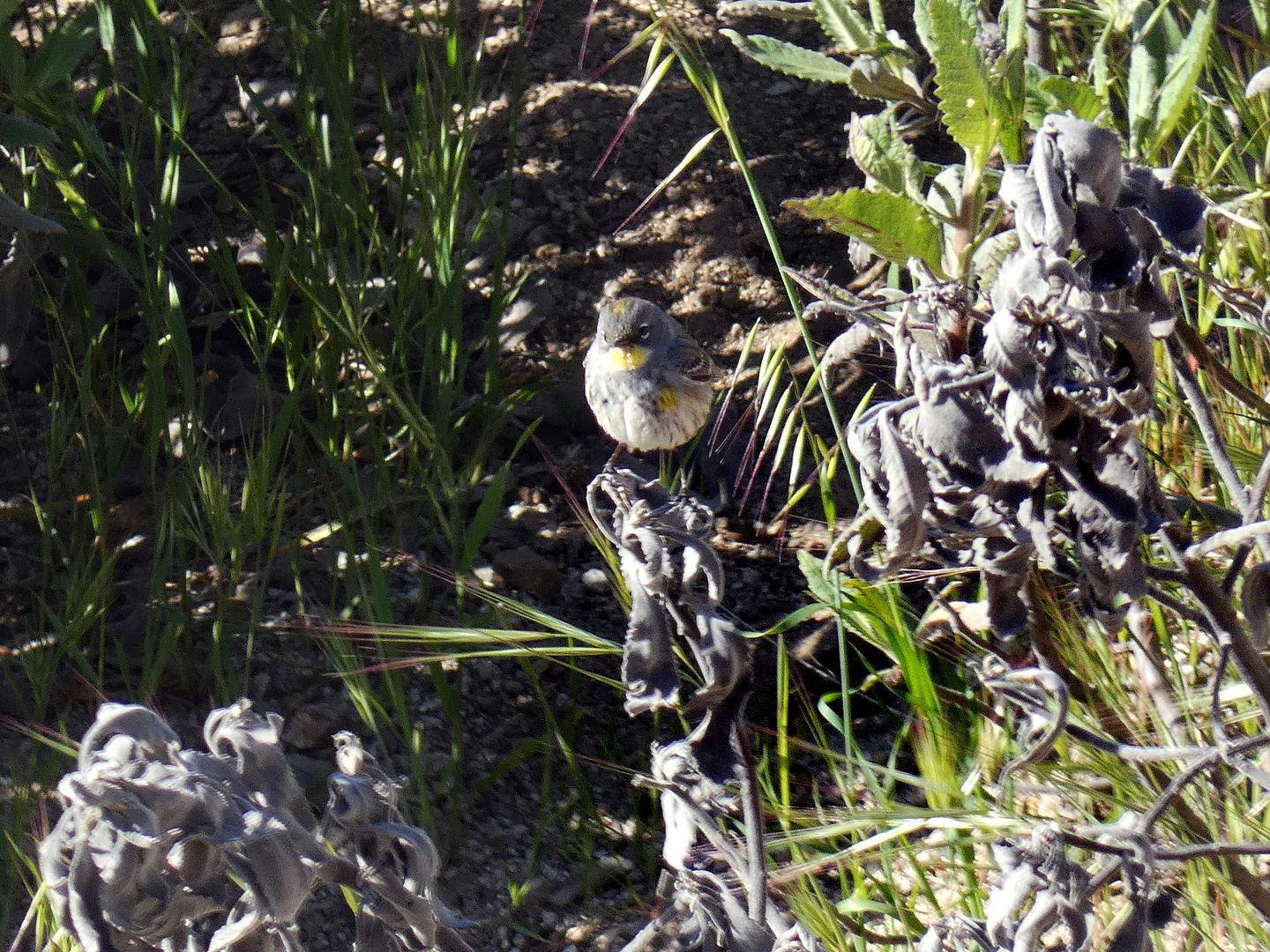
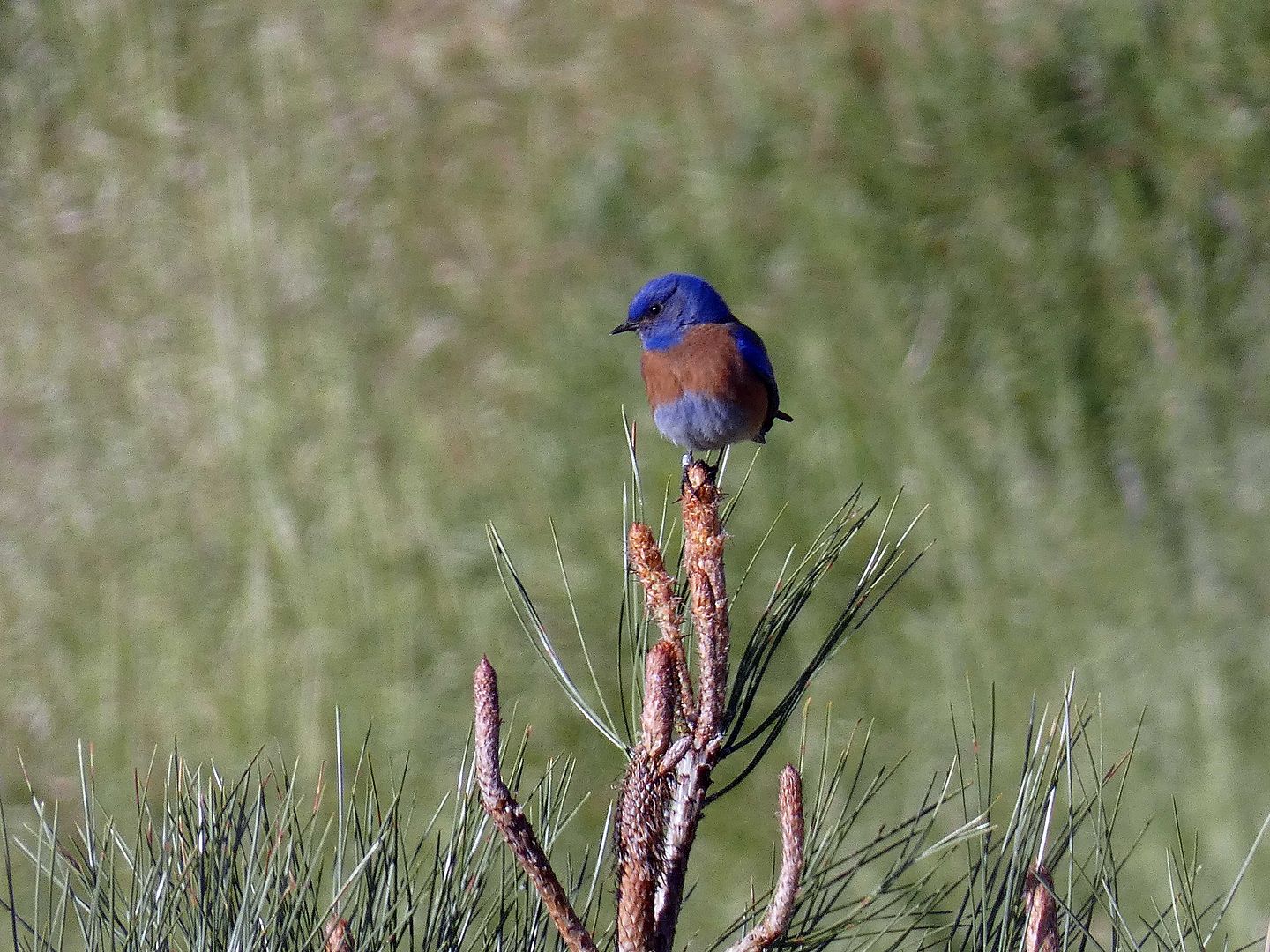
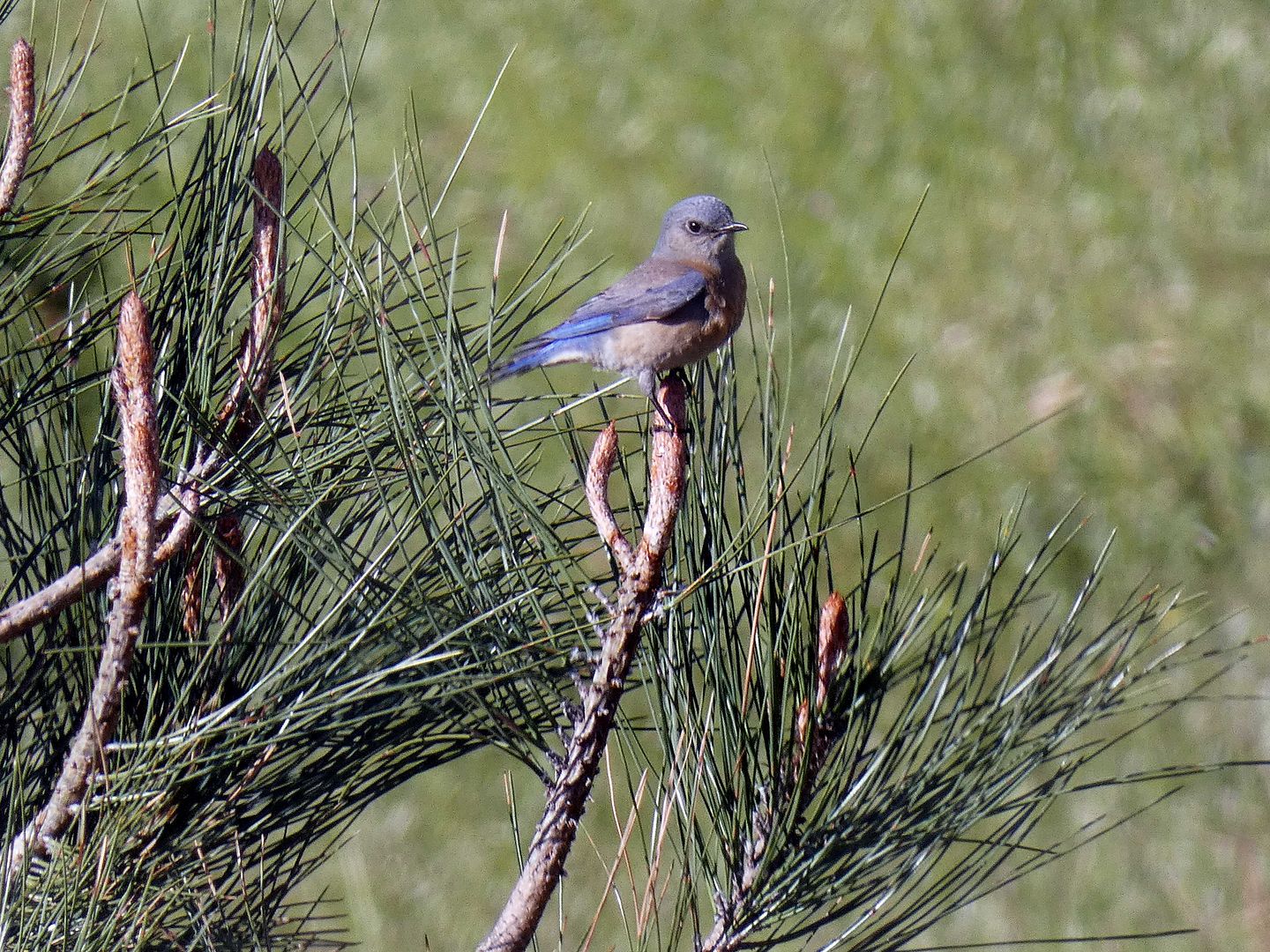
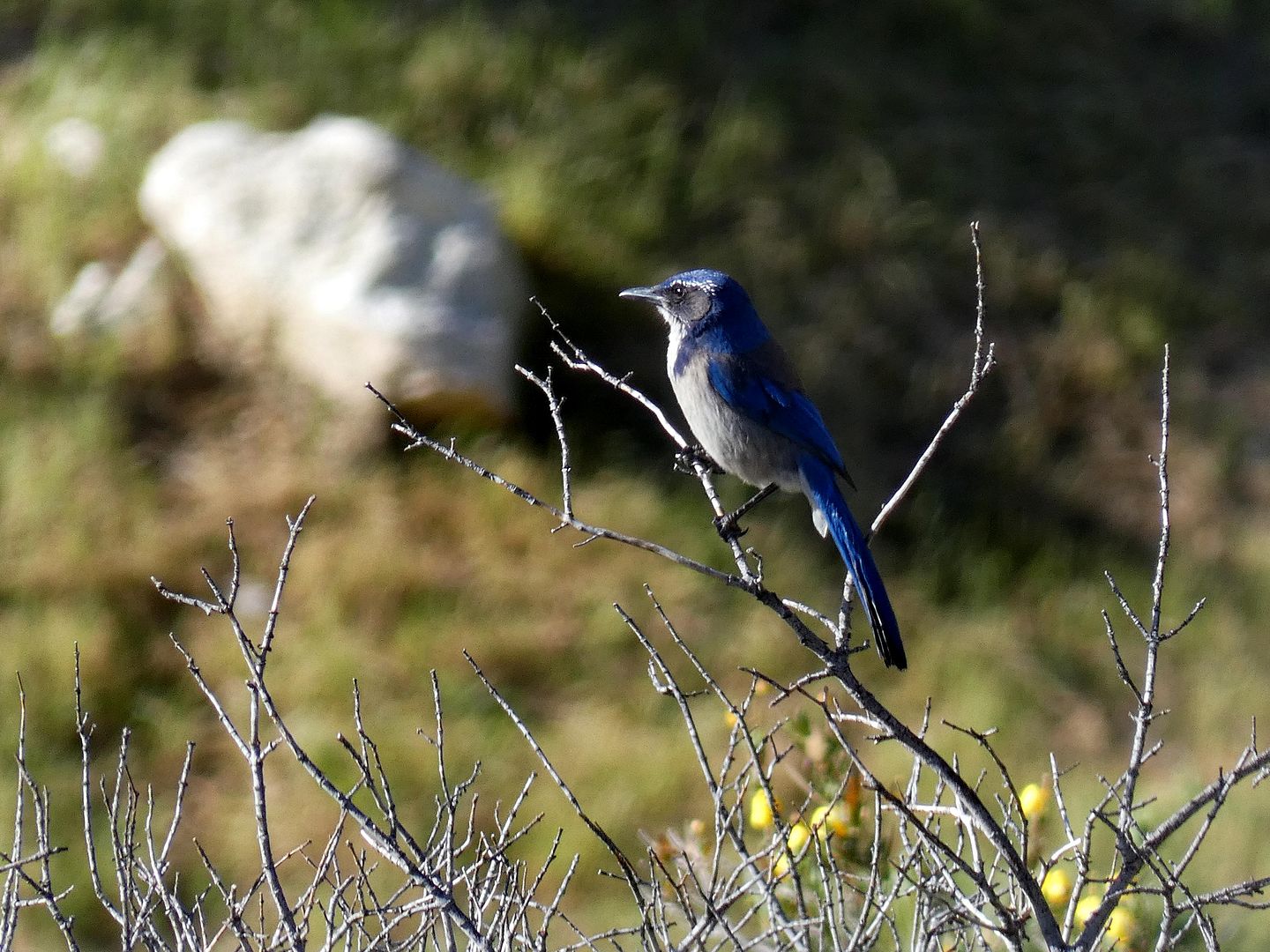

In the first hour that the bird counter from Moore Laboratory of Zoology had been there this morning, she'd already observed 500 individuals, most of them in flight, and mostly yellow-rumped warblers. But by the time I left around 9:15 a.m., the count was already up to 835—and she still had at least an hour left of her birdwatching.

It was easier for me to document the resident birds, who'd do me the favor of posing quietly, like a male Western bluebird...

...and his female counterpart who came to perch next to him on a tiny little pine tree.

There was also the distinctive blue hue—and screechy call—of the California scrub jay.
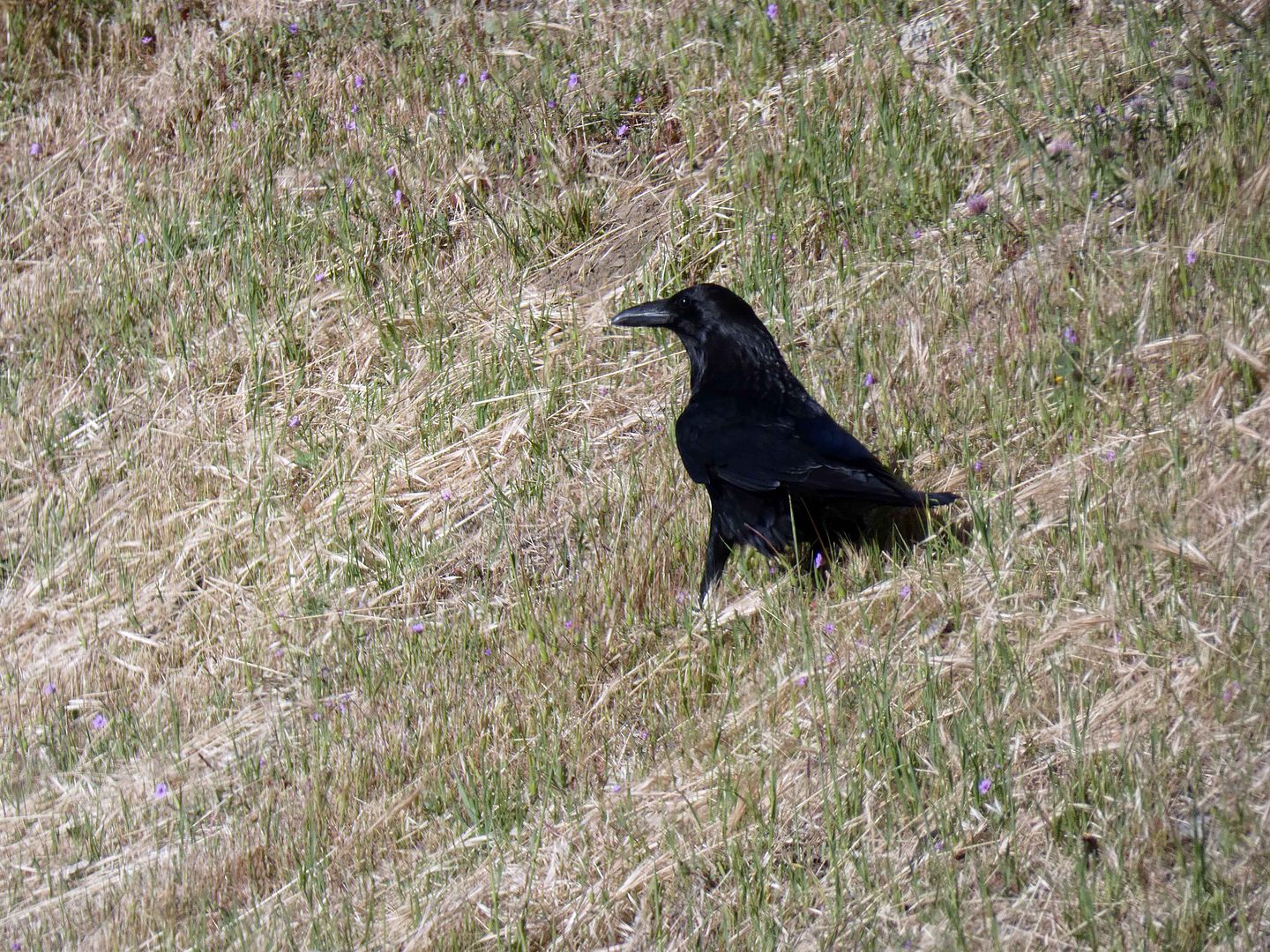


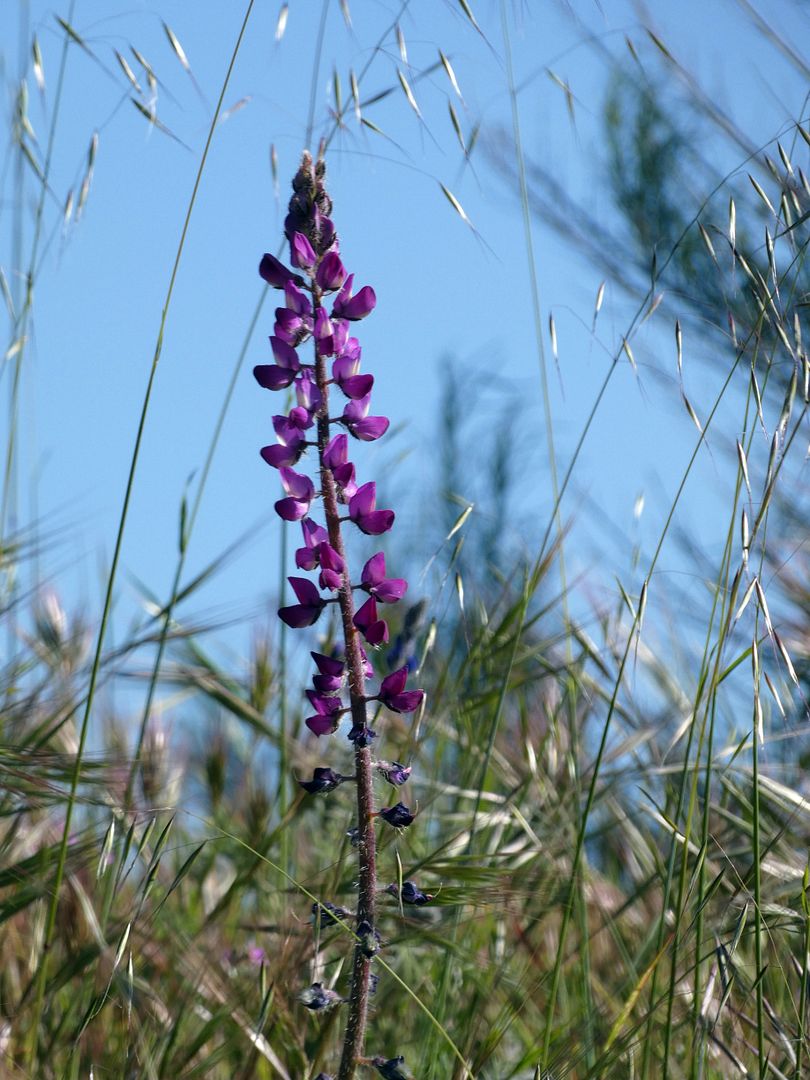

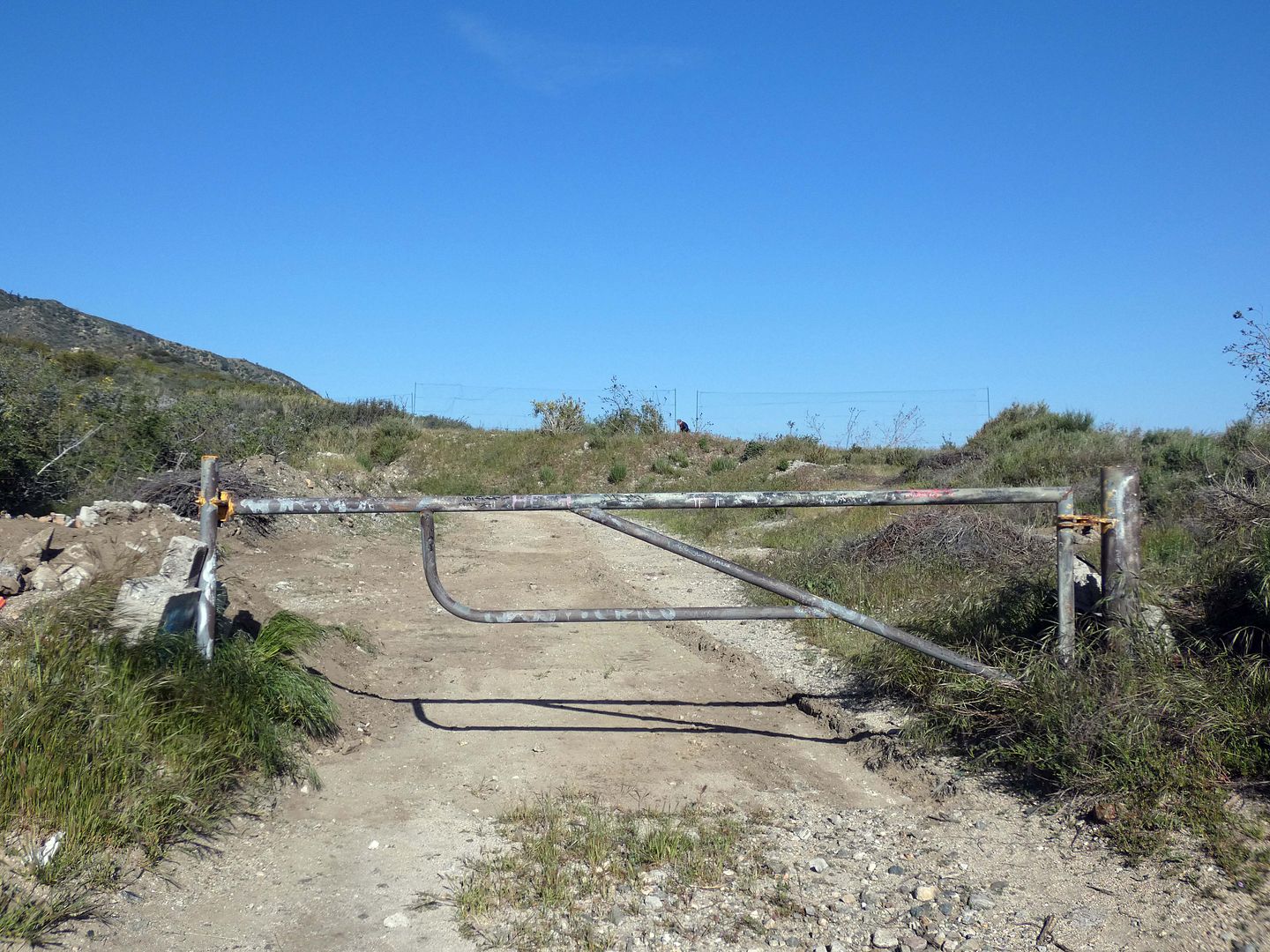




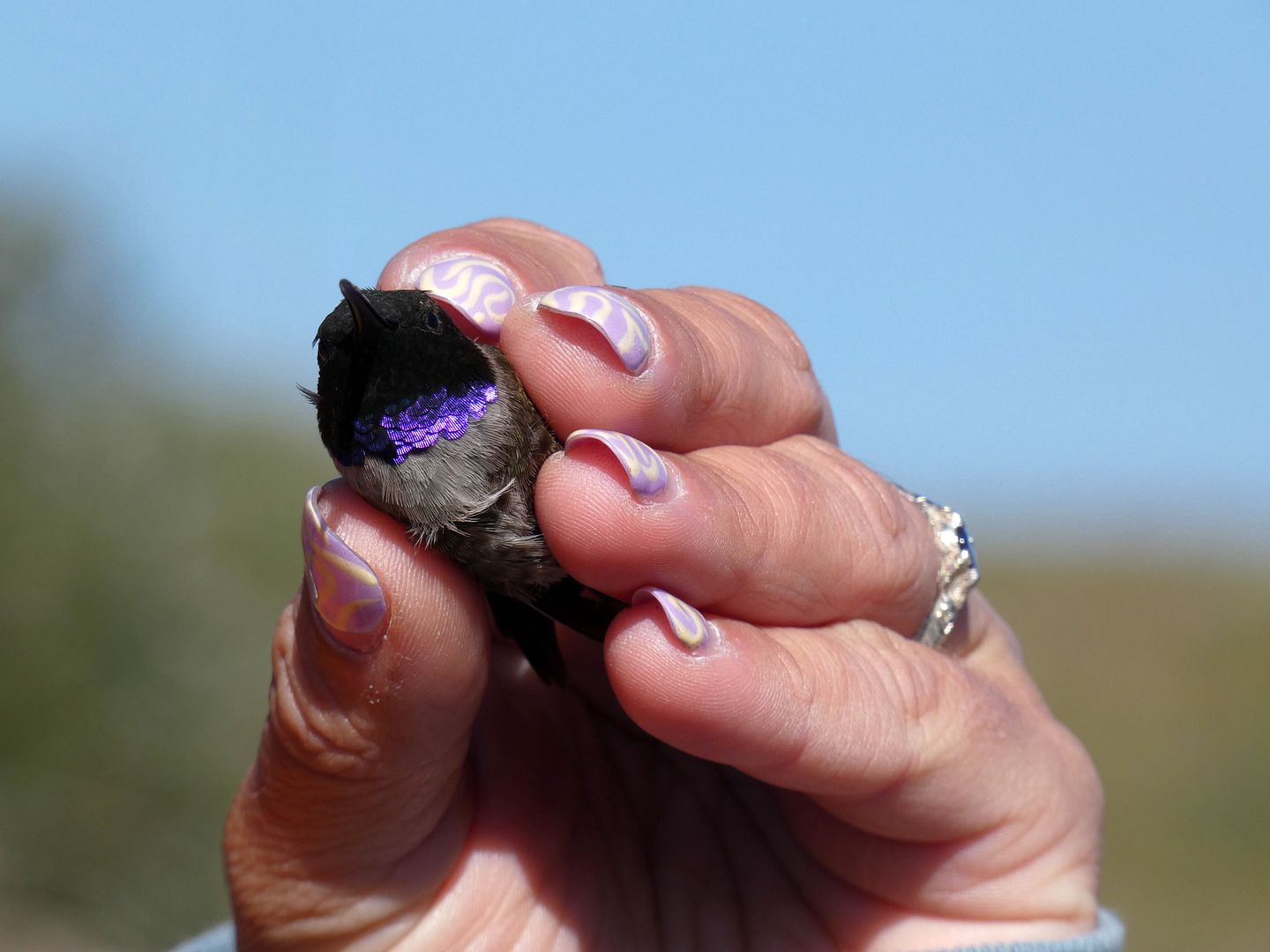
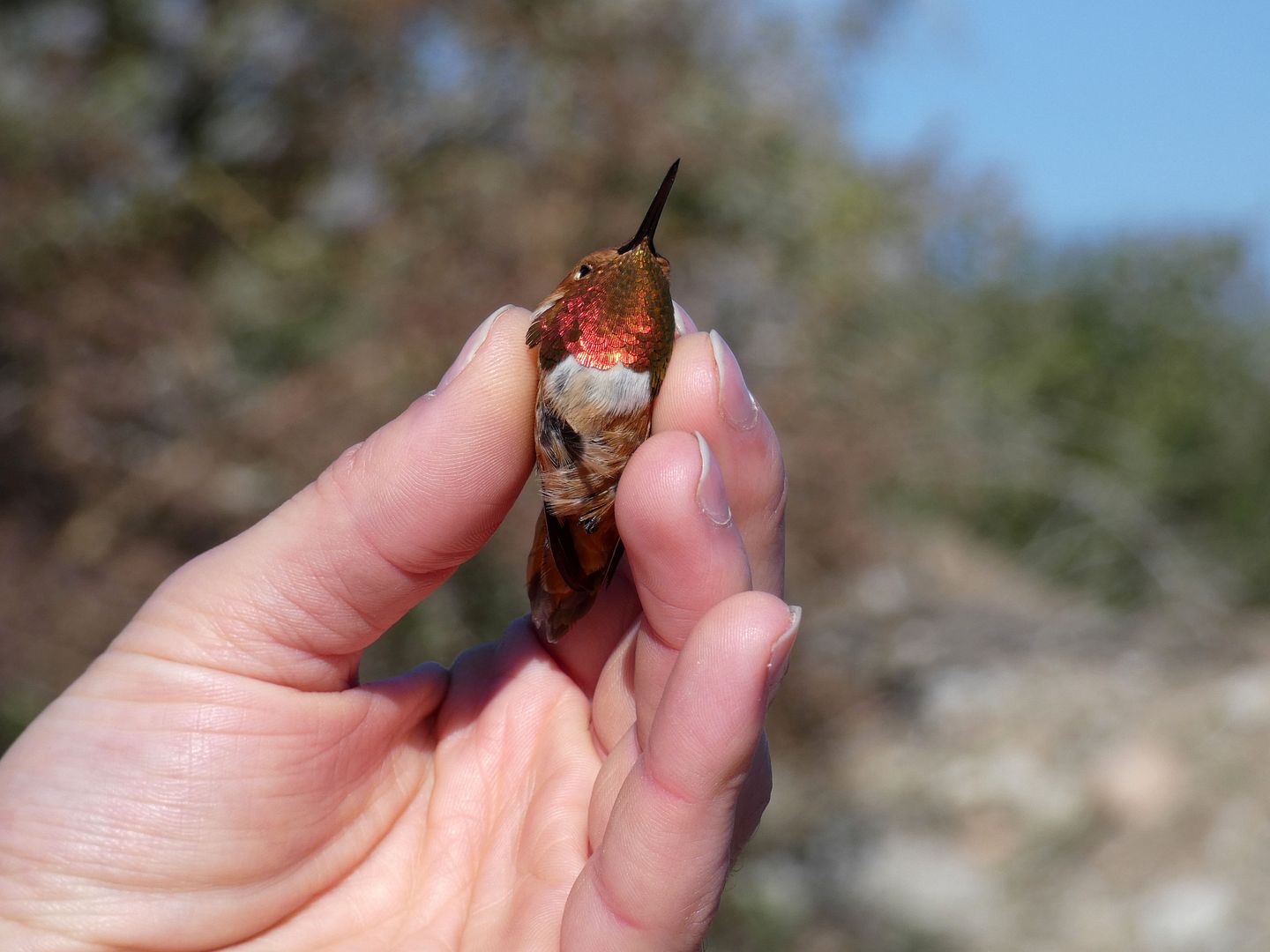

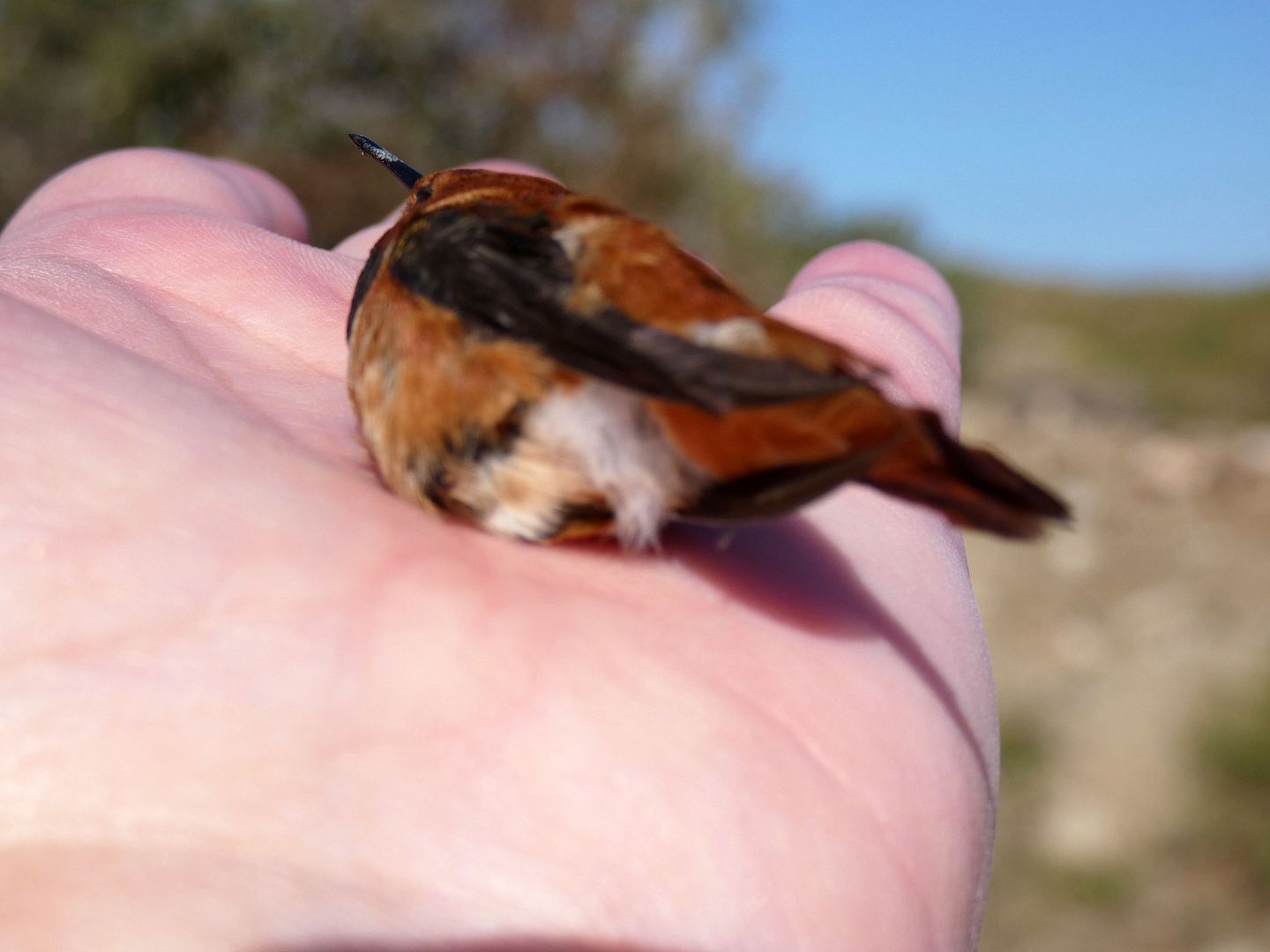

And, per usual, there were plenty of ravens. (I think I also saw a house finch nearby, and I definitely saw a turkey vulture and an osprey flying overhead.)

Feeling a little disappointed at the spectacle—which was less spectacular than I was hoping for—I took a little walk around the property to see what else I could see.


Some varieties of lupine were out, distributed sporadically across the hilly areas beside dirt trails...

...as were some other flowering shrubs...

...but then I discovered something really exciting going on at Bear Divide (at least for me).

Another group of researchers, who'd established the Bear Divide Banding Station in 2021, had set up nets and were capturing birds...

...to temporarily collect them, grab a DNA sample, outfit them with a tiny metal identifying band, and rerelease them as quickly as possible.

The bird community is trying to figure out why these birds are choosing this spot—which was only discovered as a migration zone in 2016—and why they're flying so low through the gap. But that's not all—because nobody knows yet why the birds are migrating in the early mornings instead of at night.

What a spectacular way to see wild birds, especially tiny ones, up close and holding still, like the female calliope hummingbird—considered the smallest of the birds that migrate long distances.

Today, we also got to see the iridescent black-chinned hummingbird...

...and a copper-colored male rufous hummingbird...

...who'd probably spent the winter in Mexico...

...and who got to rest a while on my hand before getting his wits about him and fluttering off to Canada (or maybe even Alaska).
I've held birds before—black-capped chickadees in my college biology class, a baby pigeon—but there was something so special about feeling the vibration of that hummingbird's (incredibly fast) heartbeat as it sat unrestrained in my open palm, it choosing to stay even though it was free to leave.
This morning, I had to leave early so I could get to a cell phone signal and make my 9:30 a.m. call. I hate to think what I might've missed out on in that last hour of bird observing.
But now I'm already planning my return visit.
Related Posts:

No comments:
Post a Comment